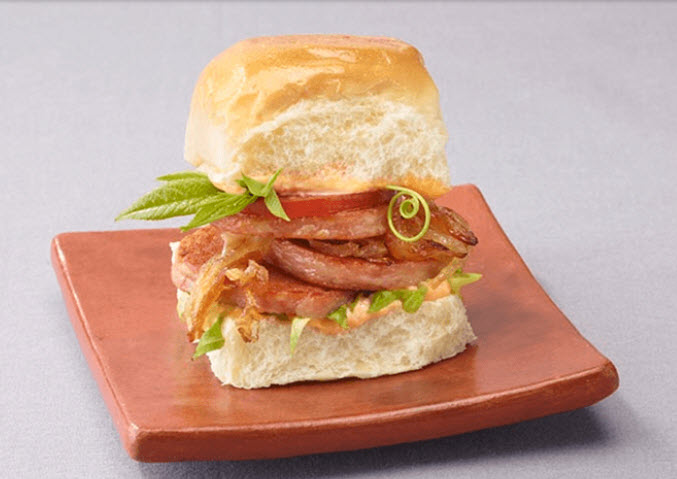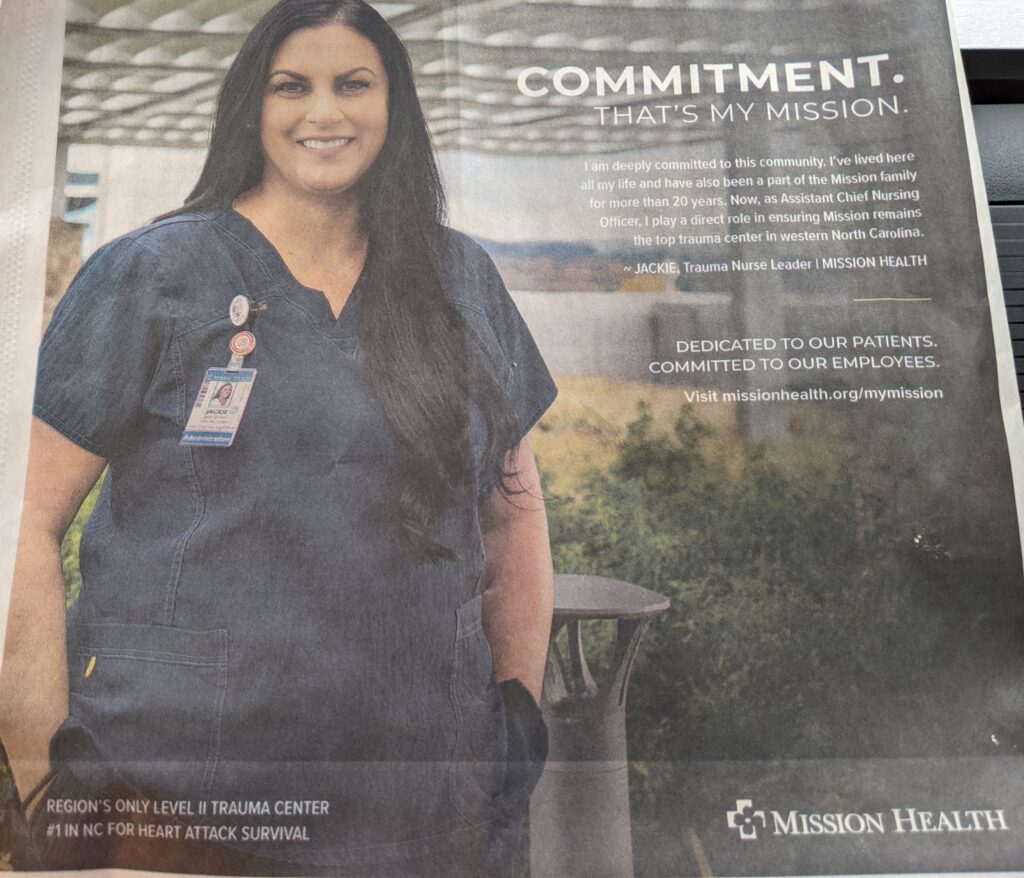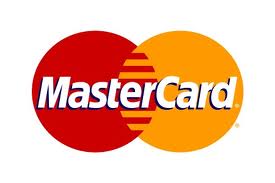Visuals.
There is subtext in every marketing piece. For instance, today there is a big hubbub (and rightfully so) about a Mad Men outdoor billboard showing Don Draper in free-fall high atop a building on the West Side of Manhattan. (The board is 95% white space.) To show watchers it’s an iconic visualization of the show and Don Draper’s life. To New Yorkers and others who lost friends and loved ones 9/11, it’s an insensitive punch in the como se llama.
Visuals, more than words, tell immediate stories. We need to be mindful. Pictures that show danger may be eye-catching but convey danger which research shows can transfer that feeling subconsciously to the brand. Imagery that conveys happy (Coke’s happiness factory) can transmute smiles. Visuals that depict chaos or disorganization similarly hurt an organization story.
Ergo, think before you select a visual. Not everyone sits around a computer for hours trying to select a visualization to match a brief. Most pass marketing pieces with nary a glance. So look up. Stay true. Be sensitive. Peace.






